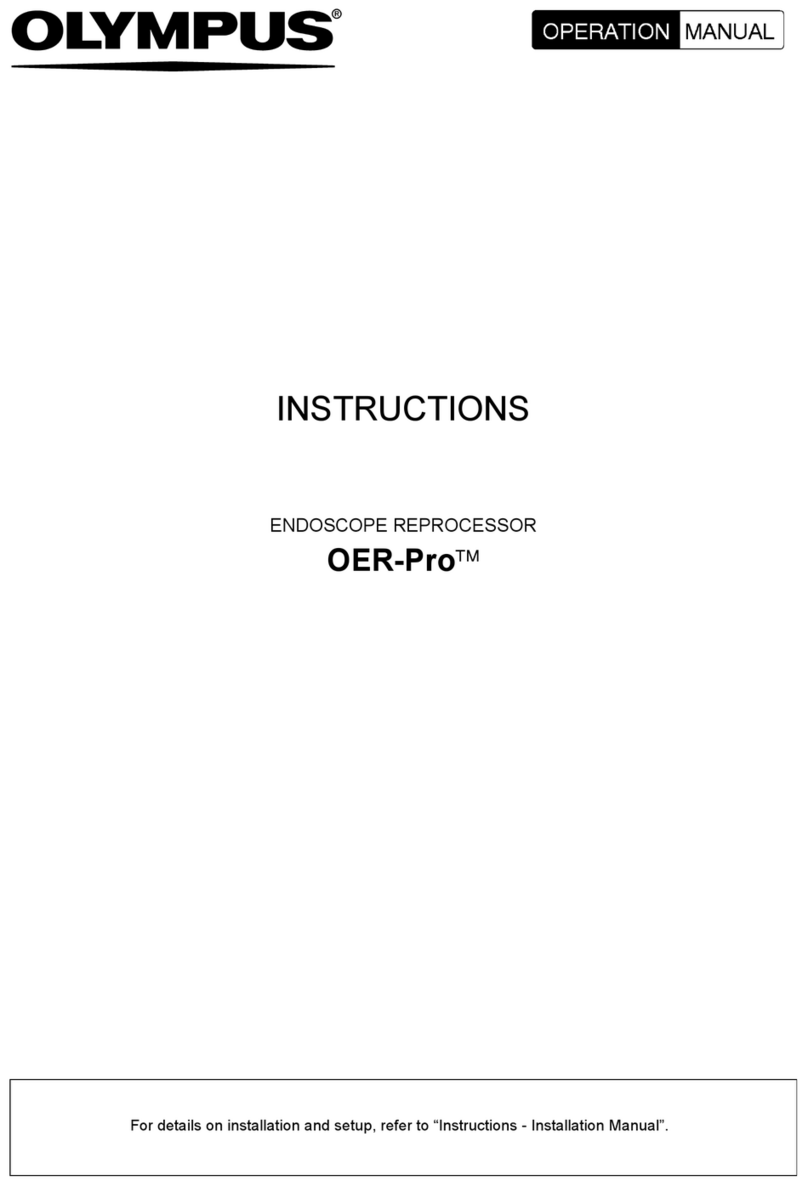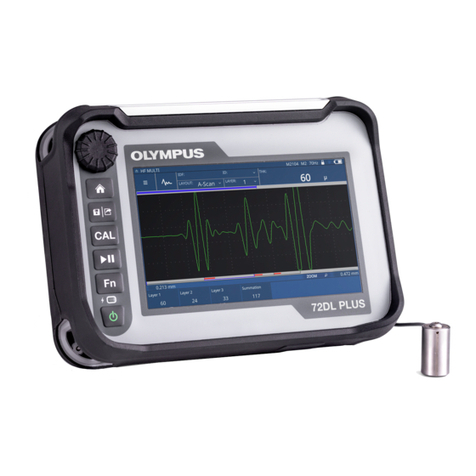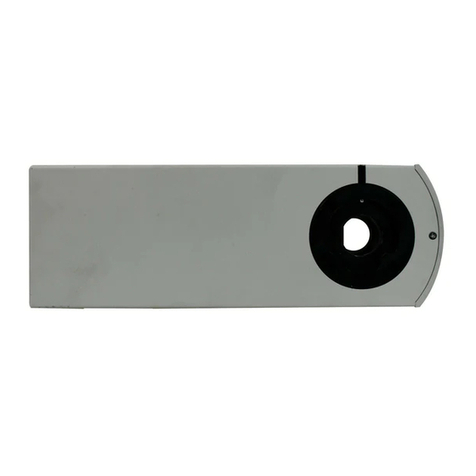Olympus CX-DO User manual
Other Olympus Laboratory Equipment manuals

Olympus
Olympus SZX2-ILLT User manual

Olympus
Olympus SZX2-ILR66 User manual
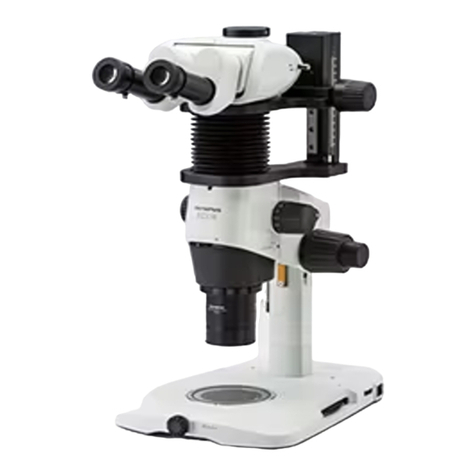
Olympus
Olympus SZX2-EEPA User manual
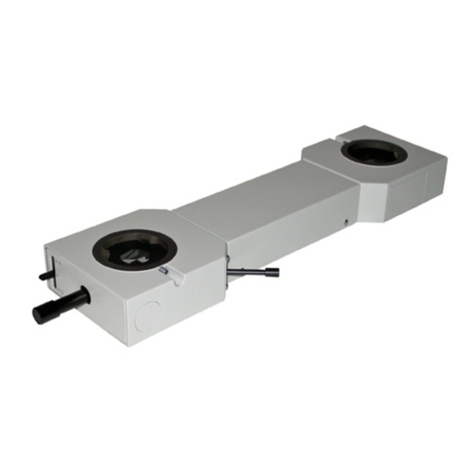
Olympus
Olympus U-DO3 User manual

Olympus
Olympus VISERA CLV-S40 User manual

Olympus
Olympus SZX-RFL2 User manual

Olympus
Olympus U-PCD2 User manual

Olympus
Olympus HysteroFlow User manual

Olympus
Olympus ENDO-AID User manual

Olympus
Olympus AL120-6 Series User manual
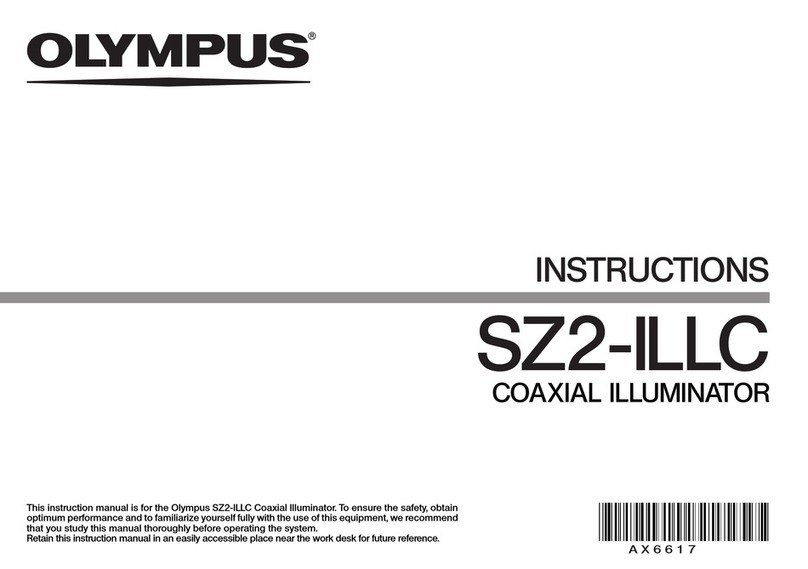
Olympus
Olympus SZ2-ILLC User manual

Olympus
Olympus SZX-RFL3 User manual
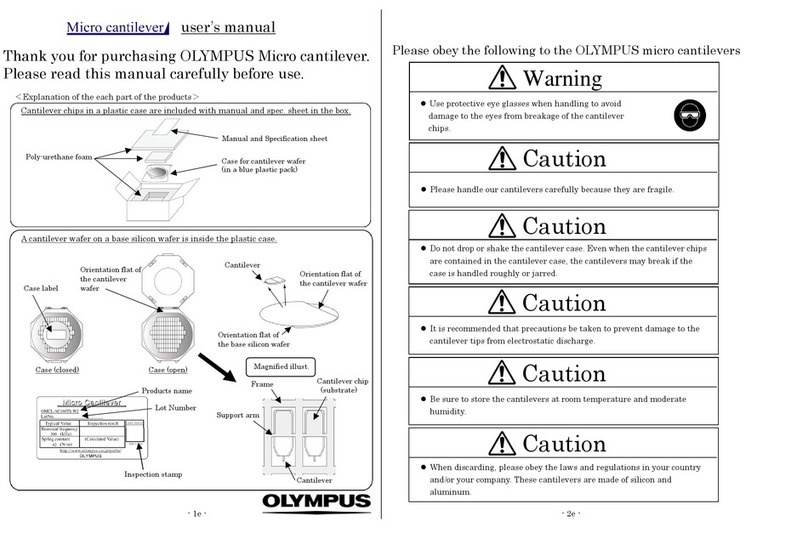
Olympus
Olympus OMCL-AC160TS-W2 User manual
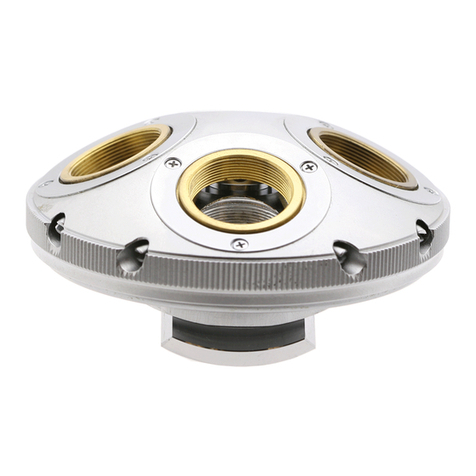
Olympus
Olympus BH-NRE User manual

Olympus
Olympus U-RFLT50 User manual
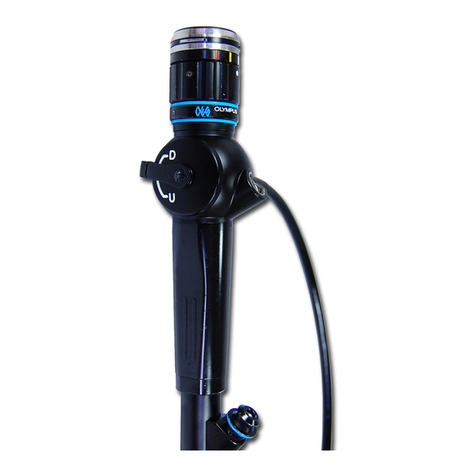
Olympus
Olympus OLYMPUS OSF-3 User manual
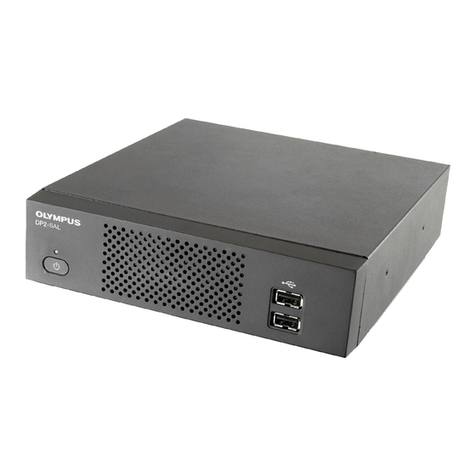
Olympus
Olympus DP2-SAL User manual
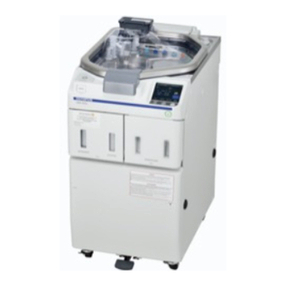
Olympus
Olympus OER-Elite User manual

Olympus
Olympus CKX-CCSW User manual

Olympus
Olympus OMCL-TR800PSA User manual
Popular Laboratory Equipment manuals by other brands

Belden
Belden HIRSCHMANN RPI-P1-4PoE installation manual

Koehler
Koehler K1223 Series Operation and instruction manual

Globe Scientific
Globe Scientific GCM-12 quick start guide

Getinge
Getinge 86 SERIES Technical manual

CORNING
CORNING Everon 6000 user manual

Biocomp
Biocomp GRADIENT MASTER 108 operating manual
